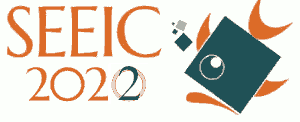Sessions
History of ichthyology
One may postulate that man’s interest in fish emerged as soon as he was able to express his thoughts and notions as fish, among other animals, were subject of early communications. These were transmitted first by drawings, later by inscriptions and in writings. It was but much later that fishes began to occupy man’s interest as objects of science. Aristotle’s treatises on “History of Animals” is the first known document dealing with fish as a zoological object. No earlier than in the 16th century fish regained the interest of learned men, among these Olaus Magnus (1490 –1557), Gregor Mangolt (1498–1576), Guillaume Rondelet (1507–1557), Pierre Belon (1512–1564), Hippolyto (Ippolito) Salviani (1513–1572) and, above all, Conrad Gesner (1516–1565). After the species concept had been embodied in the scientific way of thinking by Linné, a tremendous expansion of activities emerged in the field of ichthyology.
Many scientific questions on fish still remain unsolved, allowing ichthyologists of today to continue working on this highly diverse and species-rich group of vertebrates. In the future new challenges in ichthyology will be emerging in the fields of a) taxonomy, b) evolution and systematics, c) population biology, d) ecology, e) studying unknown regions for their fish fauna, f) expanding and improving an international global catalogue of fishes, g) exploring and analysing not yet recognized literature.
However, there is no doubt that man and fish will remain connected as they always have been.
